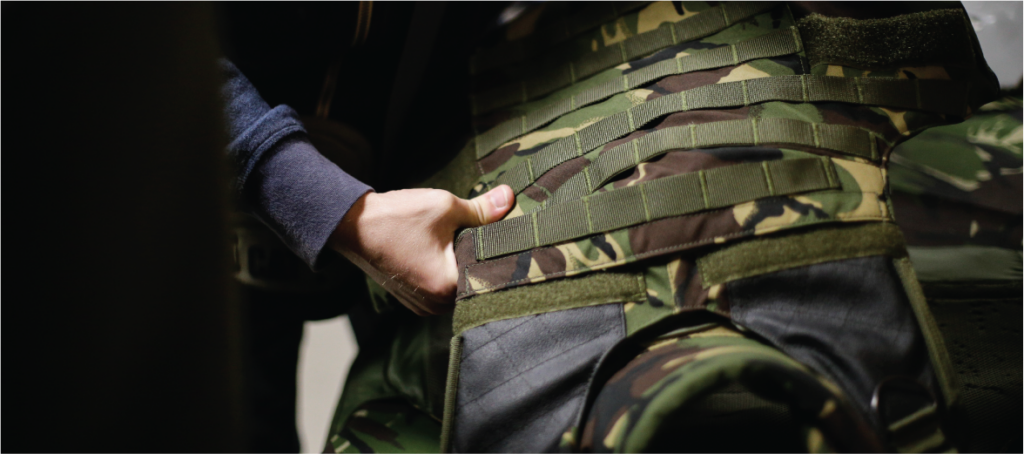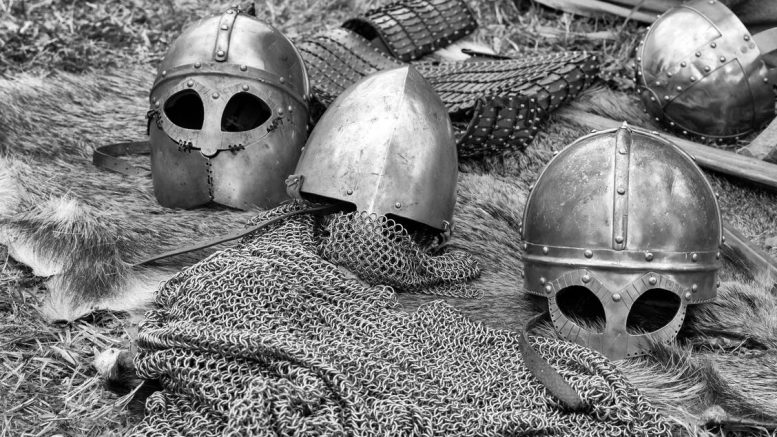Personal protection has remained a critical aspect of survival throughout history. From the ancient warriors to modern military personnel and first responders, body armor has played a pivotal role in ensuring safety and security. Over the centuries, body armor has evolved significantly in design and functionality, adapting to the changing nature of threats and technological advancements. In this article, we’ll explore the fascinating journey of body armor from its origins to the revolutionary impact of Kevlar on the industry.
I. Ancient Origins: From Chain Mail to Plate Armor
The roots of body armor trace back to 1400 BC, an era where survival heavily depended on effective protection. Among the earliest methods was the utilization of chain mail, a meticulously woven garment strategically crafted to counter potential threats. This armor, which shares similarities with today’s bulletproof and stab-proof vests, offered a robust defense against the prevalent weaponry such as swords and arrows of that time. However, the evolution of weapons posed new challenges. With the advancement of offensive capabilities, traditional chain mail began to show its limitations. To address these evolving threats, the concept of plate armor emerged. Plate armor signified a pivotal shift in design, introducing rigid plates that distributed the force of impacts more efficiently. Although plate armor greatly enhanced protective qualities, its notable weight impeded mobility on the battlefield. As firearm technology progressed, this drawback became more pronounced, leading to a search for solutions. This drove the exploration of alternative materials and innovative designs, seeking to overcome the weight issue while maintaining or improving protective capabilities.
II. Innovation and Adaptation: Transition to Modern Body Armor
Amid the challenges posed by weight and mobility, armor designers began experimenting with laminate plates and materials that offered enhanced flexibility. This marked a significant shift from traditional plate armor to more adaptable options. Intriguingly, the early attempts at using textiles as protective gear emerged, with examples like Chinese armor crafted from dense layers of silk, foreshadowing the role of materials like Kevlar in contemporary body armor.
III. The Kevlar Revolution: Lightweight Protection Redefined
The turning point in body armor history came in 1964 with the accidental invention of Kevlar. Originally intended for lightweight and durable tires, Kevlar’s introduction to the body armor industry sparked a revolution. This innovative material offered a game-changing combination of strength and lightness. Military personnel and first responders swiftly embraced Kevlar vests due to their comfort, discretion, and high-level protection. With a strength five times that of steel, Kevlar transformed the landscape of body armor, allowing for increased mobility without compromising safety.
IV. Modern Applications and Beyond
Today, ballistic vests have become indispensable for various first responders. Kevlar’s introduction into the industry not only revolutionized protection but also paved the way for countless future applications. The lessons learned from manufacturing ballistic vests for military and first responders have shaped best practices in protective garment design. Moreover, these experiences have enabled the optimization of storage and implementation of Berry Compliant practices, ensuring high-quality and domestically sourced materials.

The evolution of body armor is a testament to humanity’s commitment to innovation and safety. From the rudimentary chain mail of ancient warriors to the lightweight and robust Kevlar vests worn by modern first responders, body armor has come a long way. This journey highlights the dynamic relationship between technological advancements and the ongoing need for personal protection. As we move forward, the legacy of Kevlar and its transformative impact on the industry will continue to shape the landscape of protective gear, ensuring that those who safeguard society do so with the highest level of security and comfort.
